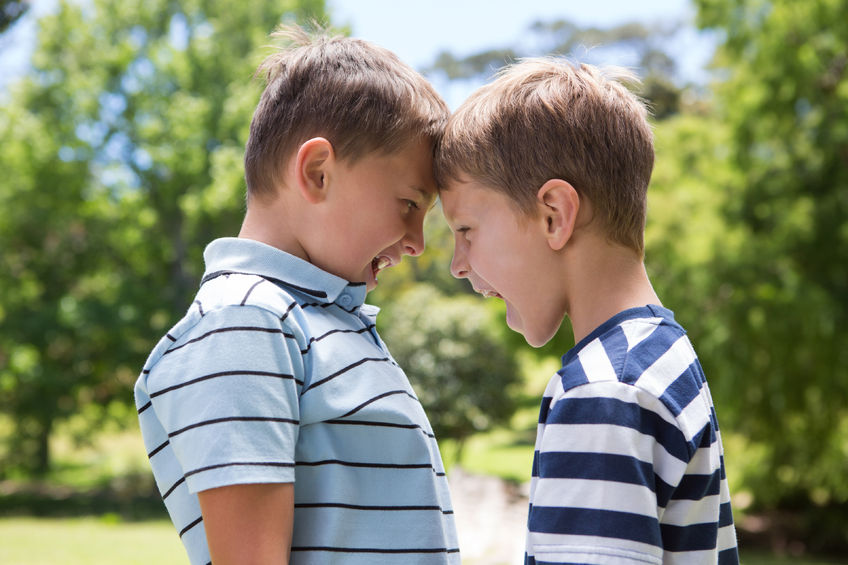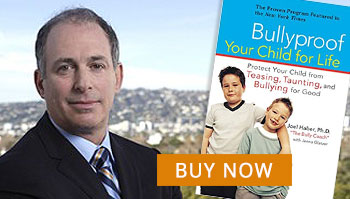
Copyright: Wavebreak Media Ltd / 123RF Stock Photo
Kids test out their power and aggression with each other first, generally because there’s a natural age imbalance, but how it develops and progresses is a function of parenting. If kids find out they can get away with it and aggression pays off, it will continue and turn into bullying.
Sibling rivalry is really just natural competition between siblings. Kids normally test out power issues with each other at home before they test them out with friends—it’s more natural to do it at home, and easier to do with siblings than with parents (they don’t bully their parents normally because there are clear consequences). It’s not a problem unless sibling aggression crosses the line based on a parent’s value system and parenting style.
Parents need to be really clear and upfront about what is acceptable and what isn’t. You can teach kids that conflict is acceptable, but that they need to use words that are not hurtful when they have an issue with their siblings, and that they may never harm someone physically. There must be consequences every time this is challenged.
Whenever you see kids getting too aggressive, you must step in and not let it escalate. Separate them, give them time to calm down, and see if they can work out a way to share and be more positive with each other. Otherwise, sibling rivalry turns into bullying and kids take those bully and target roles into the classroom, sports, camp, and elsewhere.
Birth Order
There are no strong studies about how birth order affects bully-jk ing behavior. It can be argued that each role in the family dynamic could contribute to bully or target behavior, depending on how the family plays out those roles.
The oldest child may bully a younger sibling out of jealousy—the oldest child once had the parents’ exclusive attention, and wants to prove that he or she is still more powerful. The youngest child may learn to bully others because he or she had to “grow up fighting” for power.
A middle child may feel lost in the family dynamic and bully others to draw attention—even if it’s negative attention. And, conversely, any of them could fall into target roles just as easily.
